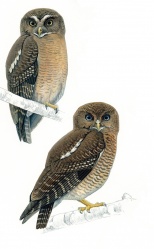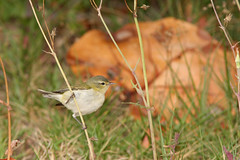
"Those who cannot remember the past are condemned to repeat it." ~ George Santayana (1905) Reason in Common Sense, volume 1 of The Life of ReasonThe Passenger Pigeon, once the most common bird in North America, went into a catastrophic decline in numbers and then extinction by 1914.Similar in looks to the Mourning Dove,...
Category ›
Nature up close
























